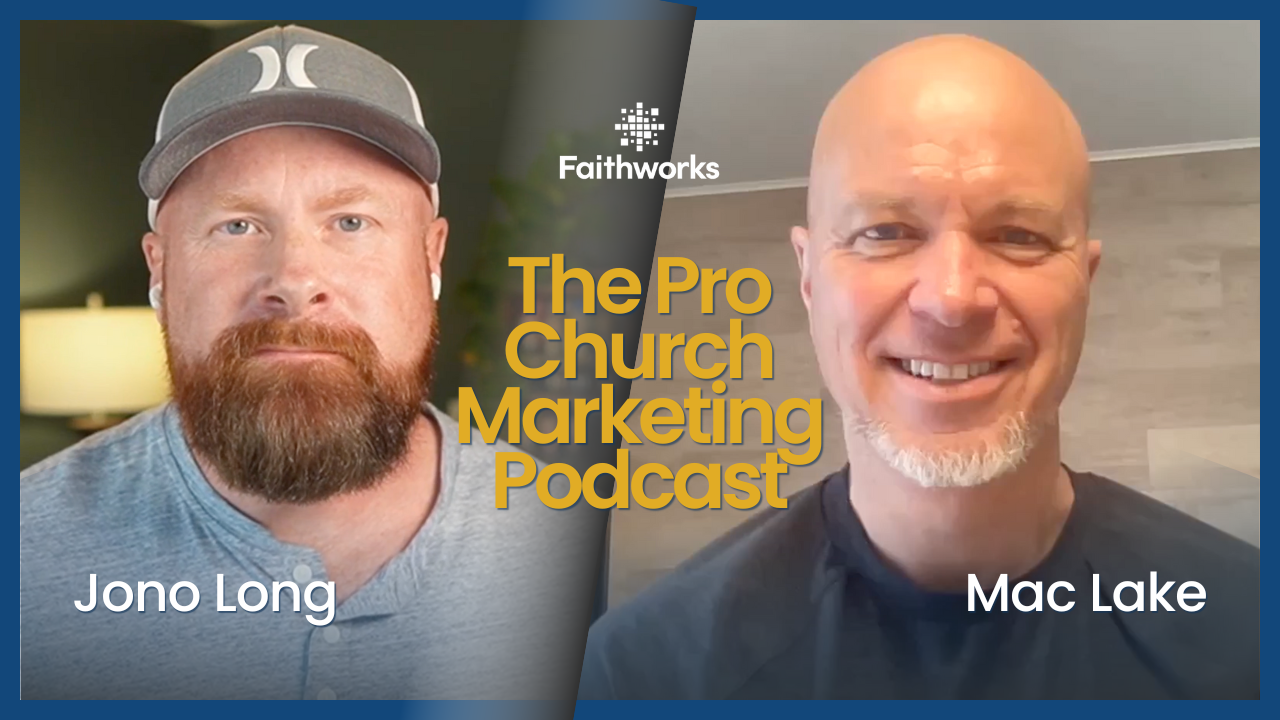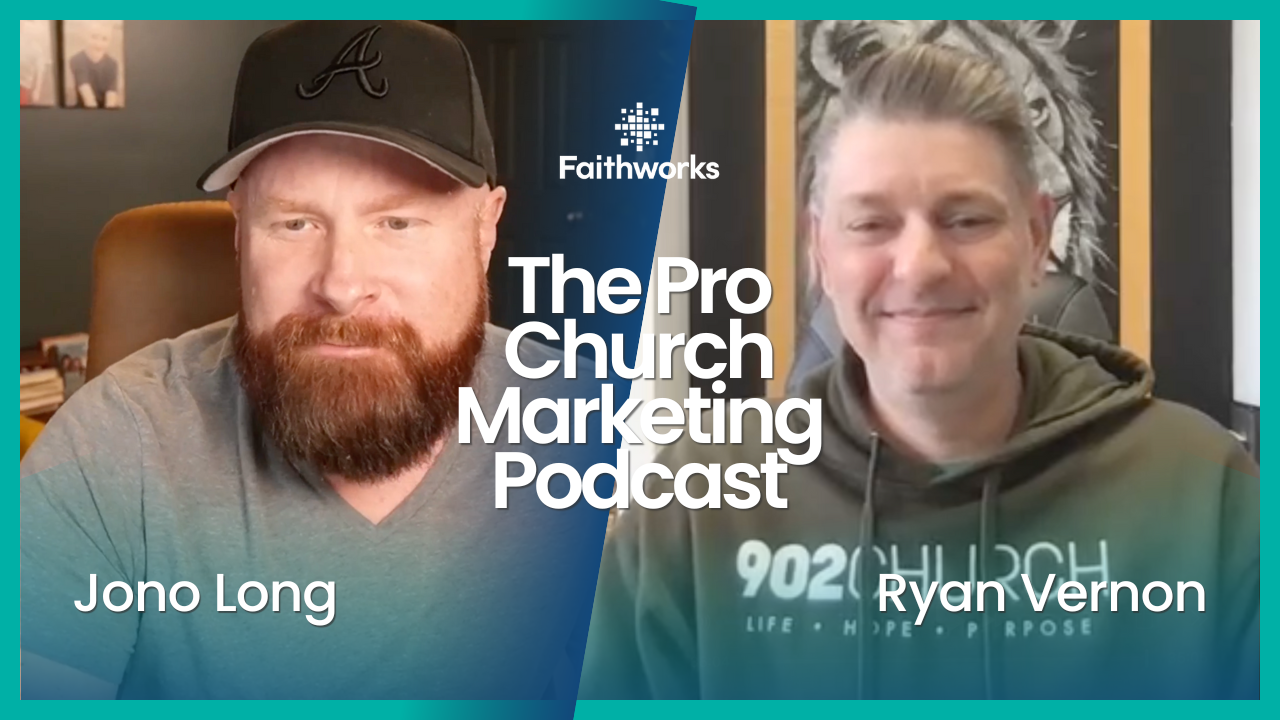Social Media Strategies for Engaging Churchgoers
Connecting with your church community through social media is a vital part of modern ministry. Social media gives us a unique opportunity to engage with our congregation, share valuable content, and keep everyone informed about upcoming events and services. By understanding your audience and creating content that resonates with them, we can strengthen our community bonds and reach more people.
It's important to know who your audience is and what kind of content they find valuable. The people in any community have specific interests and needs. By tailoring your social media posts to address these needs, you can create a more meaningful connection with your followers. Whether it's sharing inspirational messages, details about church events, or community service opportunities, your content should reflect the values and interests of your congregation.
Understanding Your Audience: Who Are They?
Knowing who makes up your audience is key to creating a website that meets their needs. Your congregation is likely a mix of different age groups, backgrounds, and interests. Some members have been with you for years, while others may have just moved to the area. Understanding the makeup of your audience helps us tailor your content and messages to resonate with everyone.
One way to get to know your audience is through surveys or informal chats during gatherings. Asking questions about what they want from the website can provide valuable insights. For example, families may be looking for information on children's programs, while seniors might seek out details on community events and support services. By collecting and analyzing this information, we can create content that is welcoming and useful for all your guests.
Creating Valuable Content for Churchgoers
Valuable content is at the heart of any successful social media strategy. To engage your congregation, we need to offer content that speaks to their interests and needs. This includes regular posts, event announcements, and resources like prayer guides or sermon clips. Content should be updated frequently to keep visitors coming back for more.
A video tour of your church can give first-time visitors a sense of what to expect. Carousel posts from recent events can make members feel connected even if they couldn't attend. Sharing testimonies or stories of community impact can also inspire and uplift your audience. By providing diverse and meaningful content, your feed can become a true hub for spiritual growth and community connection.
Best Practices for Scheduling and Posting on Social Media
Social media is a powerful tool for connecting with your community. To make the most out of it, we need to have a well-planned schedule for posting content. Consistency is key. Posting regularly ensures that our followers stay engaged and informed about your church activities. It's helpful to create a social media calendar to map out posts for the month, including any church events, inspirational messages, or community updates.
Timing matters too. By analyzing when your audience is most active online, you can post at times that will garner the most attention. Early mornings, noon, and early evenings are usually good times to post. Additionally, using a mix of content—such as photos, videos, and text updates—keeps your followers interested. Engaging with your audience by responding to comments and messages also fosters a sense of community and shows that you value their participation.
Measuring Engagement and Adapting Your Strategy
Measuring engagement helps us understand how well your content resonates with our audience. You can track likes, shares, comments, and website traffic to see which posts are the most effective. Tools like Google Analytics and social media insights provide valuable data on your audience's behavior. By monitoring these metrics, you can make informed decisions about what types of content to create and when to post them.
It's important to stay flexible and adapt your strategy based on what the data tells us. If you notice that posts about community events get more engagement, you can create more content around that topic. Regularly reviewing your social media performance allows us to fine-tune your approach, ensuring that we continue to meet the needs of your church family effectively. This ongoing process of measurement and adaptation helps maintain a strong online presence and keep your community engaged.
Conclusion
Building a strong online presence for your church in requires understanding your audience, creating valuable content, and effectively using social media. By getting to know who your churchgoers are, you can tailor your website and social media efforts to meet their needs. Regularly updating and maintaining our content keeps it relevant and engaging. Monitoring engagement metrics and adapting your strategy ensures that you continue to connect with your community effectively.
If you're ready to enhance your church’s online presence, Faithworks specializes in helping churches with website design, SEO, Google Ad Grants, and
social media management services. Contact us today to see how we can help you better connect with your congregation and community.
Latest Posts












